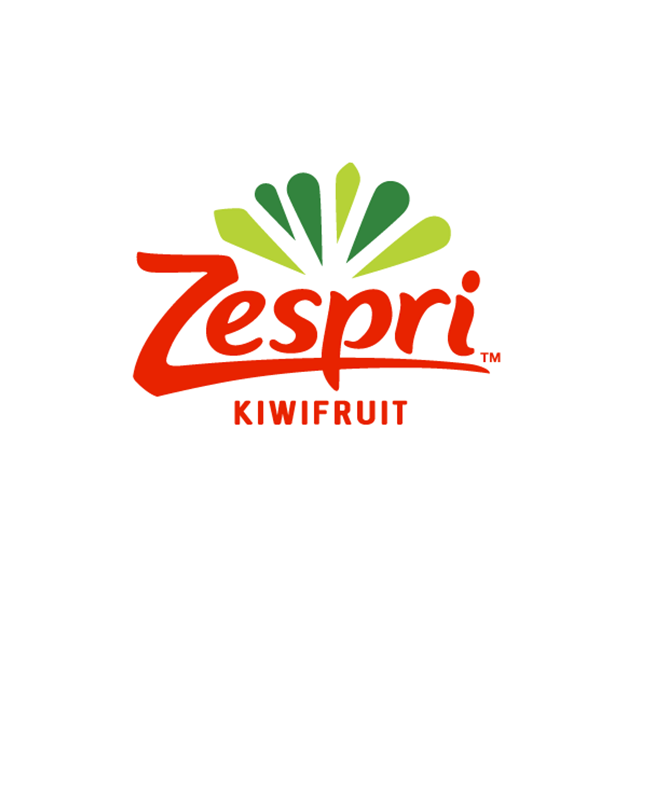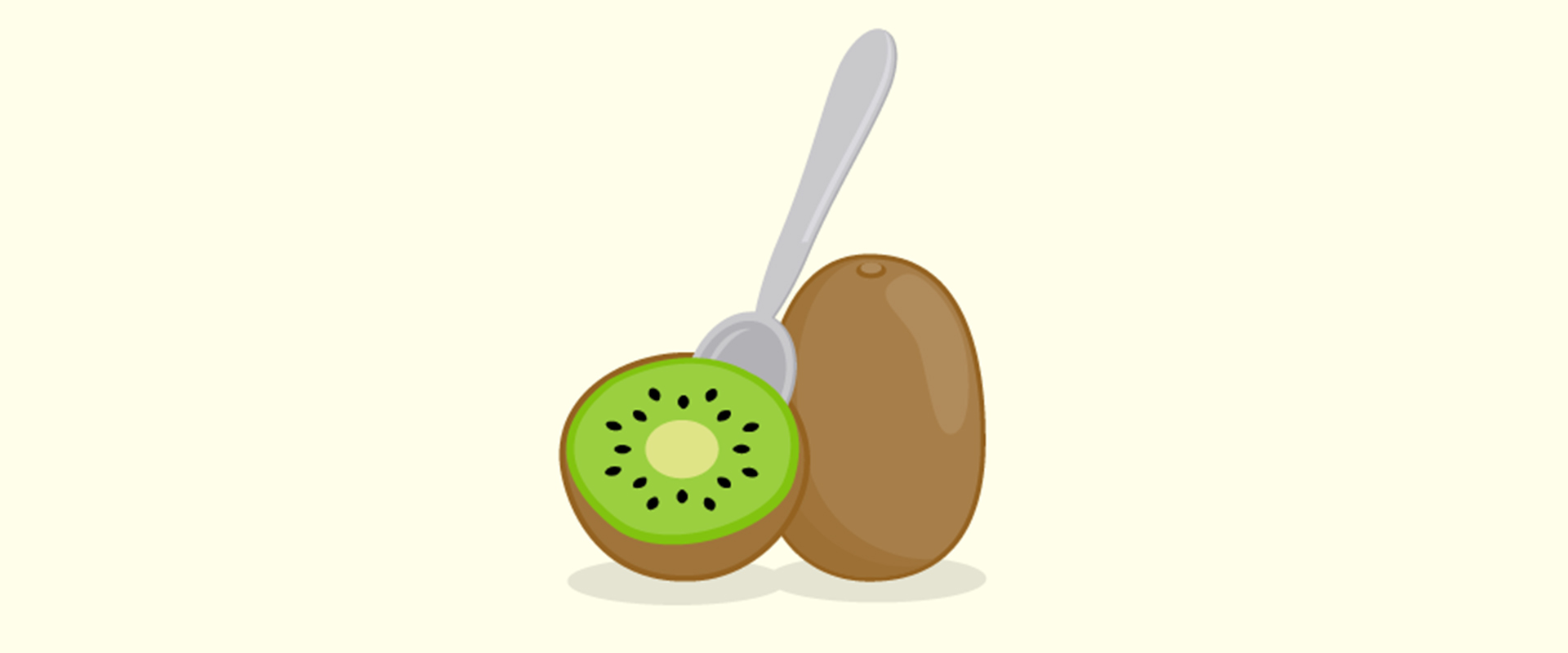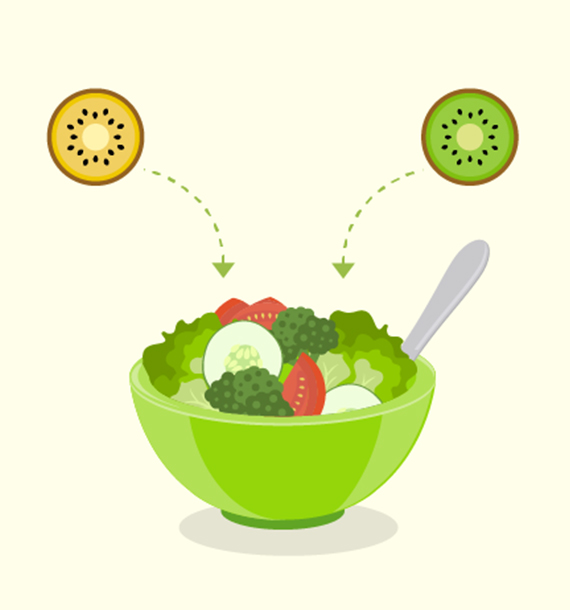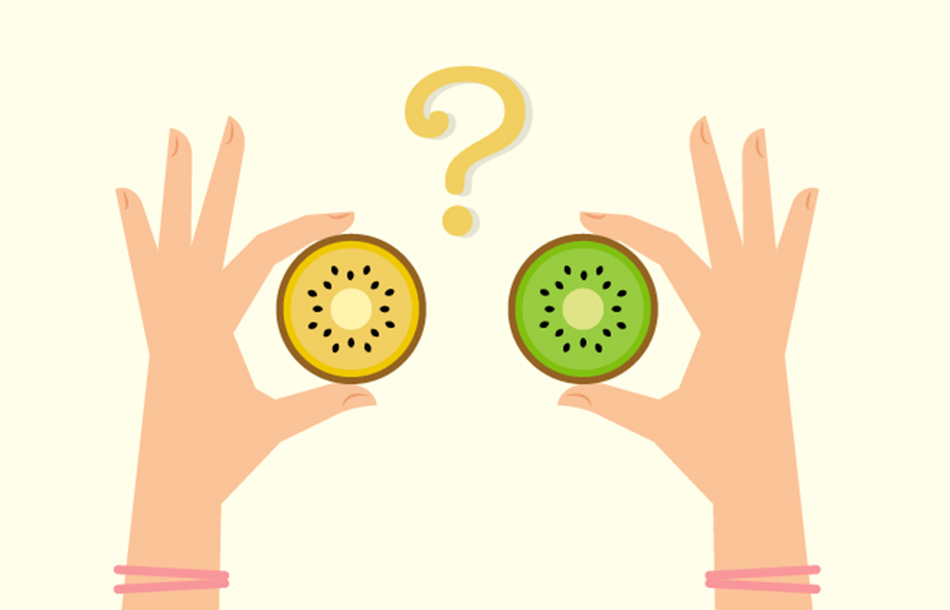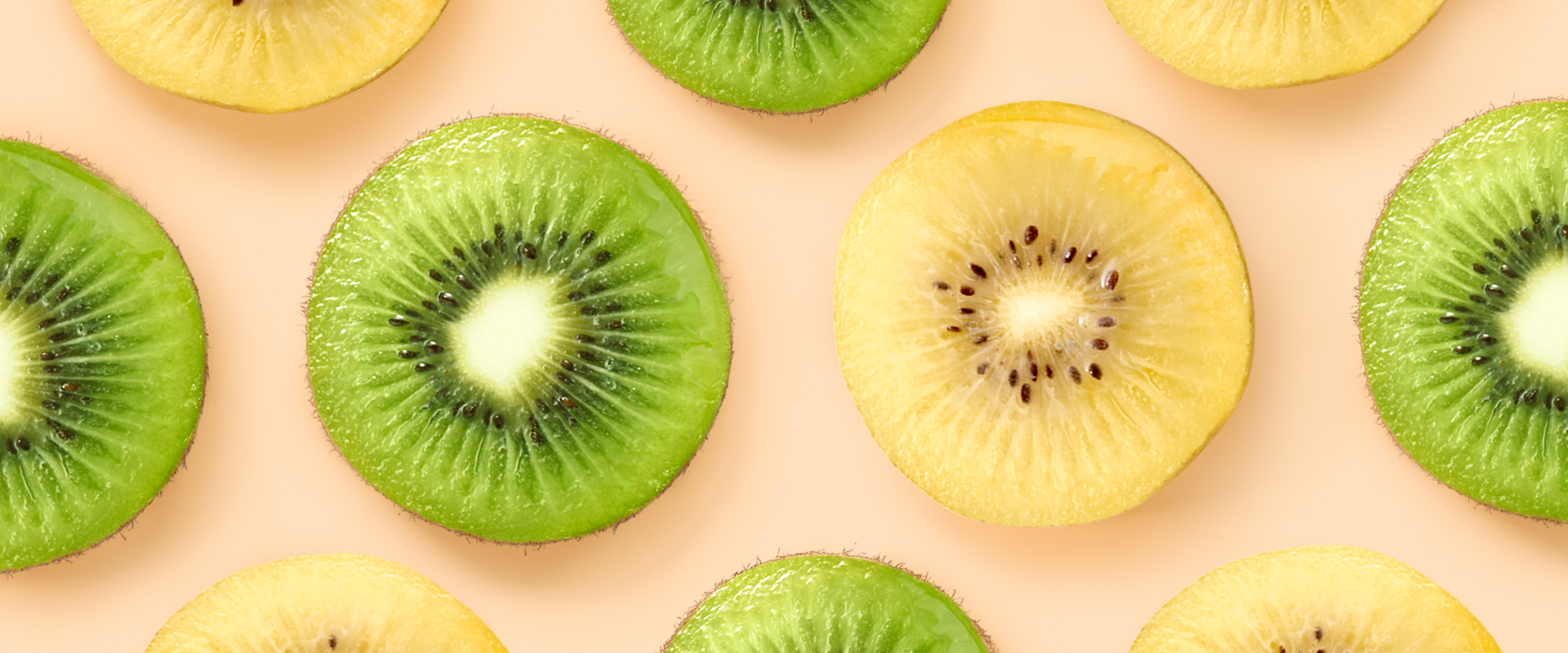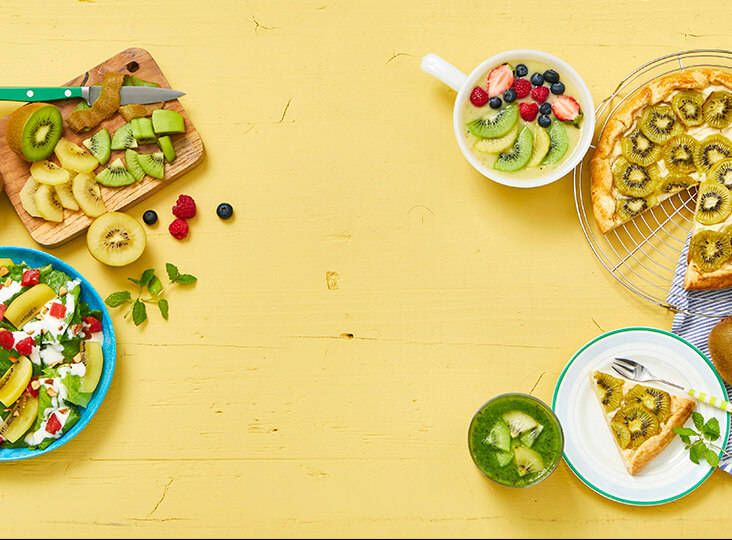4 reasons to eat Zespri kiwifruit during pregnancy
-
Zespri SunGold kiwifruit
-
Vitamin C
-
Potassium
-
Fibre
-
Zespri Green kiwifruit
-
Folic Acid
-
pregnancy
-
Zespri SunGold kiwifruit
1. Kiwifruits are a natural source of folate
If you are pregnant or thinking about getting pregnant, then chances are you’ll have heard of folate and / or folic acid (folate in its synthetic form is called folic acid). This is because it’s an essential nutrient for both mother and baby. Your baby needs it in order to grow and develop properly inside the womb1,2, and you both need it to ensure that oxygen reaches all the body’s cells, tissues and organs2. For this reason, many doctors advise pregnant women to eat extra sources of folate through their diet during their pregnancy, especially for the first trimester2. Additionally, pregnant women should take a 400 µg folic acid daily supplement1. A single Zespri kiwifruit contains 31–38 μg/100 g folate, making it a useful complement to folic acid supplements2, 3.
Did you know?
Cooking destroys folate, so adding fresh fruit like Zespri kiwifruit to your daily diet is a great natural way of consuming this valuable nutrient
2. Kiwifruits can keep you regular
Constipation is a common problem for pregnant women; due to hormonal changes in the body4. Eating foods high in fibre such as Zespri Green kiwifruit can provide relief from constipation. So if you’re pregnant, add two Zespri Green kiwifruit to your daily diet to help keep you regular and maintain digestive comfort!
3. Kiwifruits are bursting with nutrients!
With some of the highest nutritional values of all fruits, Zespri kiwifruit contain more than 17 essential vitamins and minerals – more than almost all common fruits5! Moreover, Zespri SunGold kiwifruit has exceptionally high levels of the antioxidants vitamin C as well as other key nutrients such as fibre and potassium5. Making Zespri kiwifruit one of the most tasty, nutritious fruits available for both mother and baby.
4. Zespri kiwifruit come in two delicious varieties
What would you prefer, a boy or a girl? What about a SunGold or a Green? For us, it is impossible to have a favourite! Zespri Green kiwifruit are bursting with refreshing flavours, whilst Zespri SunGold have that extra sweet juiciness that really hits the spot. Our advice is to stock up on both varieties, as with all those pregnancy cravings you never know what you’ll be in the mood for!
There are loads of delicious summer salads for you to try, all of which are perfect to eat when the temperatures rise. Why not try the Zespri Mediterranean Mix, – it’s a (far from boring) combination of lentils, spinach, salted cod and courgettes, all topped off with a colourful splash of Zespri Green or Zespri SunGold kiwifruit. Can’t decide which variety to use? We’ve heard that lots of people like one of each!
Sources- British Nutrition Foundation. Nutrition and supplements during pregnancy. Available at: https://www.nutrition.org.uk/healthyliving/nutritionforpregnancy/nutrition-and-supplements-during-pregnancy.html?limit=1 (accessed 9 January 2017)
- European Food Safety Authority. Scientific opinion on dietary reference values for folate. EFSA Journal 2014;12:3893
- New Zealand Ministry of Health. New Zealand FOODfiles 2014 Version 01. Available from: www.foodcomposition.co.nz/ (accessed 9 January 2017)
- National Health Service UK. Common health problems in pregnancy. Available from: nhs.uk/conditions/pregnancy-and-baby/pages/common-pregnancy-problems.aspx#Constipation (accessed 8 May 2017)
- USDA national nutrient database for standard reference (release 28) 2015. Available from: https://ndb.nal.usda.gov/ndb/ (accessed 9 January 2017)
